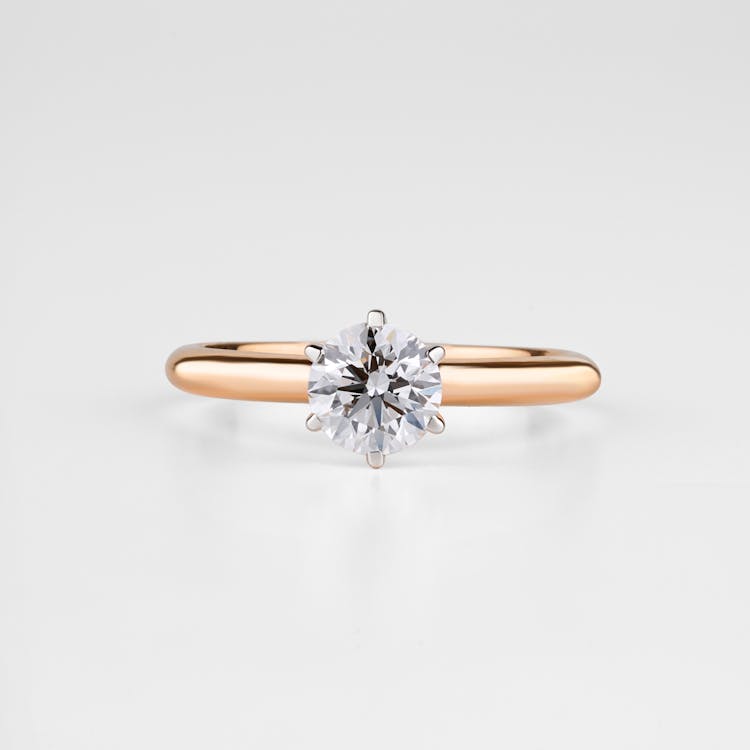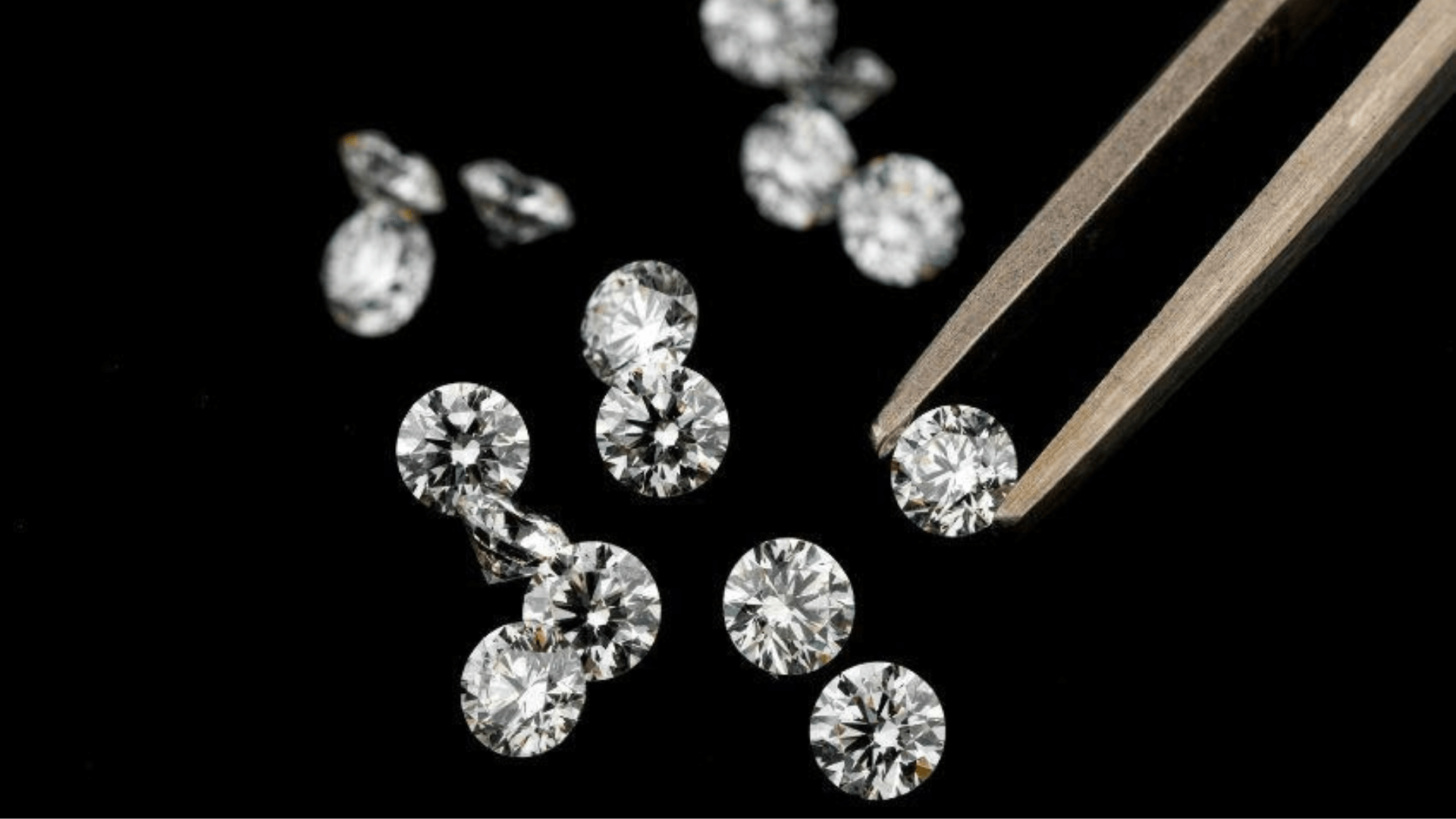In the realm of precious metals, few hold as much allure and fascination as platinum and white gold. These two metals, both coveted for their lustrous beauty and timeless elegance, often find themselves in the spotlight when it comes to fine jewelry. However, discerning the differences between them can be akin to unraveling a captivating mystery. Fear not, for we are here to shed light on this enigma and guide you through the intricacies of platinum and white gold, helping you make an informed decision when it comes to selecting the perfect metal for your cherished pieces.
Table of Contents
The Allure of Platinum
Platinum, known for its unparalleled durability and rarity, lab diamonds, stands as the pinnacle of luxury in the world of metals. Renowned for its natural white luster that does not fade or tarnish over time, platinum exudes a sense of timelessness and sophistication. Its remarkable strength makes it ideal for crafting intricate designs, ensuring that your jewelry withstands the test of time with grace and resilience. Moreover, platinum’s hypoallergenic properties make it an excellent choice for those with sensitive skin, offering both beauty and comfort in equal measure.
The White Gold Enigma
White gold, on the other hand, captivates with its exquisite charm and versatility. Formed by alloying pure gold with other white metals such as palladium, nickel, or silver, white gold dazzles with its bright, silvery appearance that closely resembles platinum. This precious metal boasts a captivating brilliance that perfectly complements a wide array of gemstones, making it a popular choice for engagement rings and other statement pieces. While white gold may require occasional maintenance to preserve its luster, its allure and affordability continue to make it a beloved choice among jewelry aficionados.
Deciphering the Differences
When it comes to 플래티넘 화이트골드 차이, several key distinctions set them apart:
Composition:
- Platinum is a naturally white metal, prized for its purity and density. Its composition typically consists of 95% platinum and 5% alloy, usually ruthenium or cobalt, enhancing its durability and strength.
- White gold, on the other hand, is a blend of pure gold and white metals, such as nickel, palladium, or silver. While the exact composition may vary, white gold is typically alloyed with nickel to achieve its signature hue.
Durability:
- Platinum boasts exceptional durability, making it highly resistant to scratches, tarnishing, and wear. Its density and strength ensure that platinum jewelry retains its pristine condition even after years of wear.
- White gold, while durable, may require periodic maintenance to preserve its brilliance. Over time, the rhodium plating commonly applied to white gold jewelry may wear off, necessitating re-plating to restore its original luster.
Hypoallergenic Properties:
- Platinum is inherently hypoallergenic, making it an ideal choice for individuals with sensitive skin or nickel allergies. Its purity ensures that platinum jewelry is gentle on the skin, minimizing the risk of irritation or allergic reactions.
- White gold, particularly alloys containing nickel, may trigger allergic reactions in some individuals with sensitivities to nickel. Opting for palladium-based white gold or hypoallergenic alloys can mitigate this risk.
Cost and Affordability:
- Platinum commands a higher price point than white gold due to its rarity, purity, and density. While the initial investment may be higher, platinum jewelry offers exceptional value and longevity, making it a worthwhile investment for discerning buyers.
- White gold, being more affordable than platinum, provides an excellent alternative for those seeking the look of platinum without the premium price tag. Its affordability and versatility make white gold an accessible option for a wide range of budgets.
Making an Informed Choice
Ultimately, the choice between platinum and white gold boils down to personal preferences, budget considerations, and lifestyle factors. While platinum reigns supreme in terms of durability and prestige, white gold offers a compelling blend of beauty, versatility, and affordability. Whether you gravitate towards the timeless elegance of platinum or the radiant allure of white gold, rest assured that both metals promise to adorn you with enduring beauty and sophistication for years to come.
In conclusion, the decision between platinum and white gold is a deeply personal one, guided by your unique tastes and preferences. Whichever metal you choose, you can trust that your investment will be rewarded with a lifetime of beauty and elegance that transcends trends and fads.



